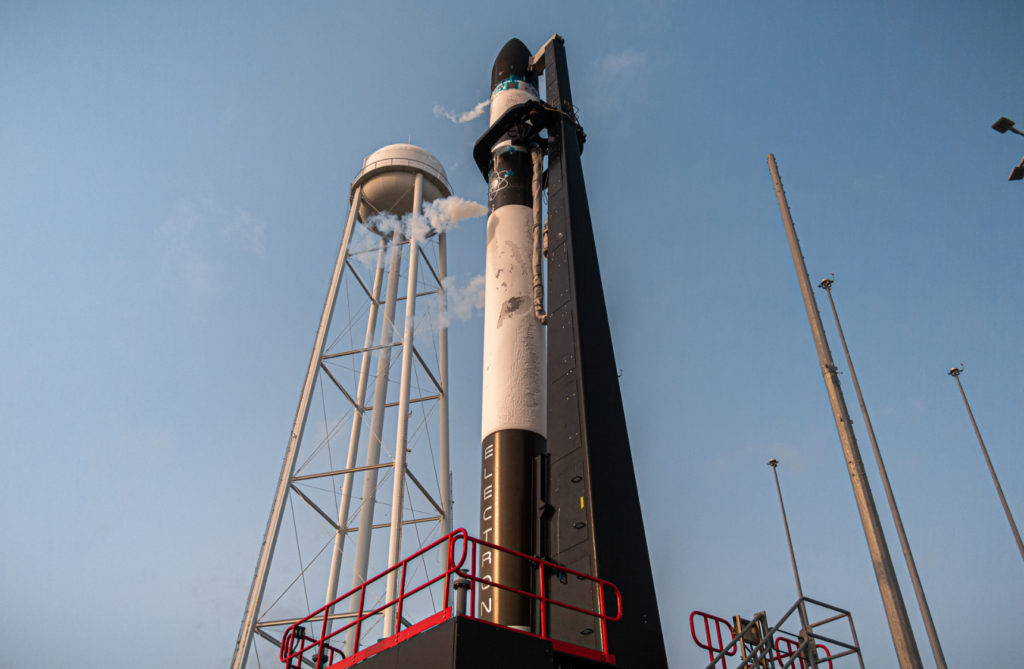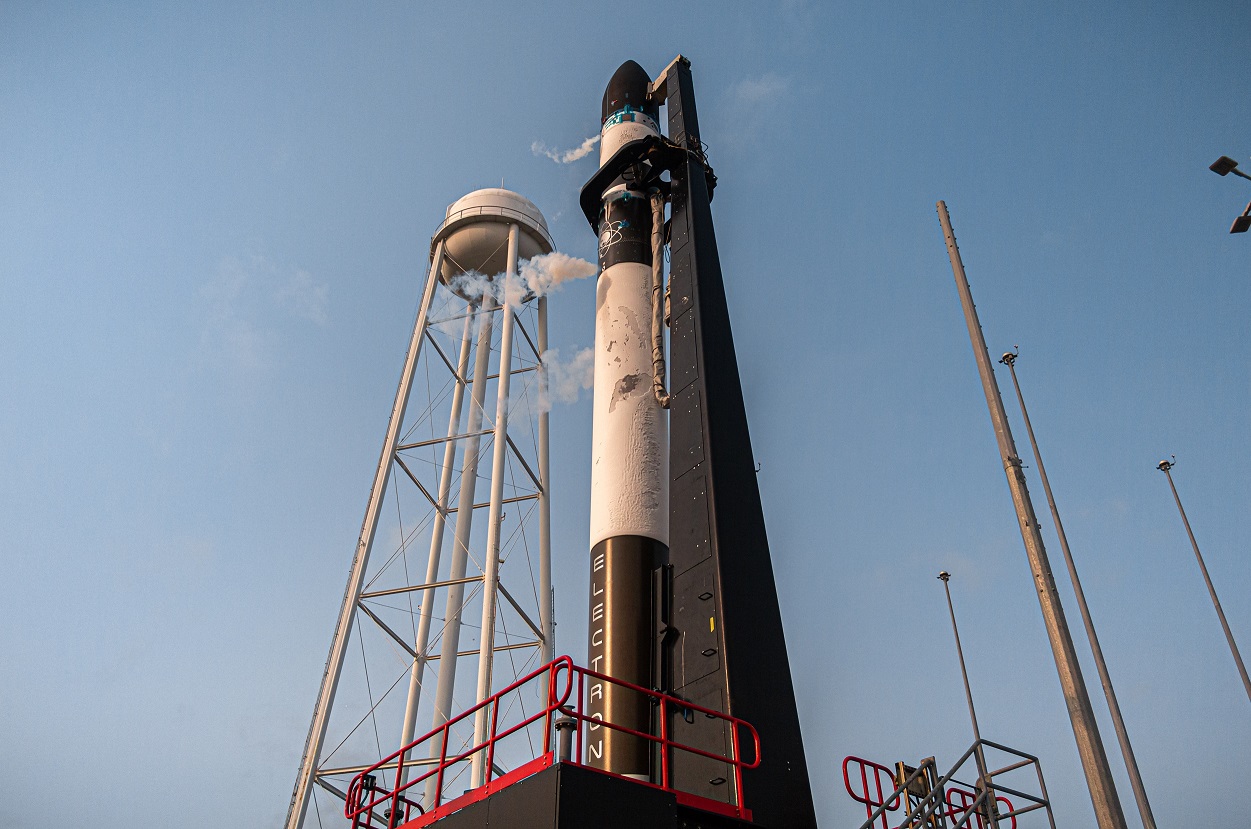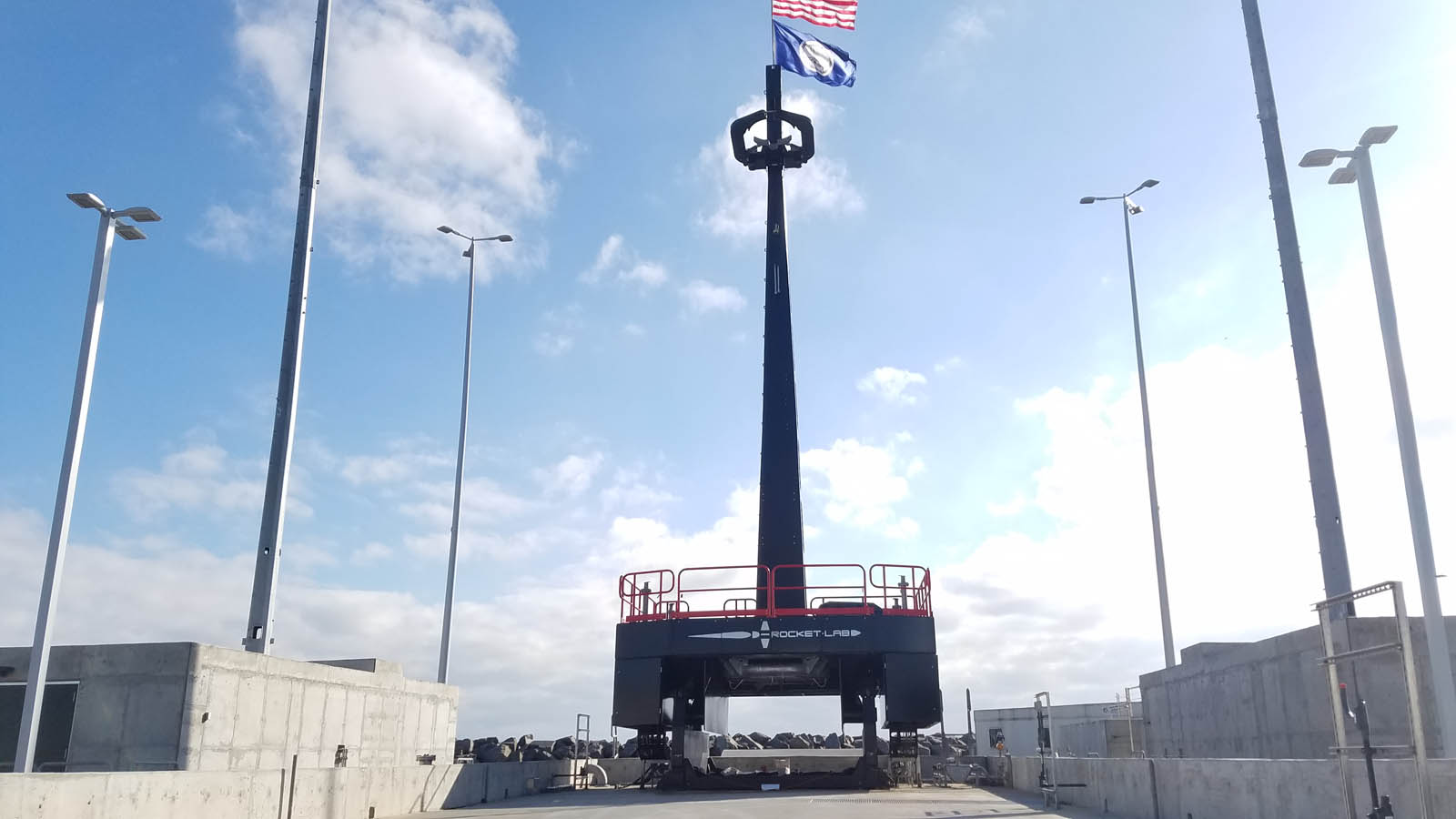
Rocket Lab Will Soon Conduct Its First Mission From Launch Complex 2
We have seen Rocket Lab’s Electron lift off many times over the past few years. As the company continues to increase the number of missions, we see a greater number of launches. However, all of these missions have been from Launch Complex 1 in New Zealand. Thankfully, after quite a while, this is set to change not long from now apart of the HawkEye 360 missions that were just confirmed.
This mission will see Rocket Lab deliver 15 satellites to low Earth orbit across three Electron missions anticipated between late 2022 and 2024. However, the most exciting part of this mission is not necessarily the cargo but instead the launch site. Rocket Lab announced that one of the missions is scheduled to be its inaugural Electron mission from Launch Complex 2 in Virginia.
This is very promising news as the company continues to ramp up launches and missions with different customers. A great example of this is the second launch pad within Launch Complex 1 recently finishing construction and working to increase Rocket Lab’s launch opportunities. Here I will go more in-depth into this upcoming mission, the first mission launching from Virginia, and more.
First Virginia Mission

It seems each week Rocket Lab announces another mission or progress on different launch vehicles, facilities, and more. These last few days have been no different with the upcoming first booster catch attempt and the announcement for the first mission from Launch Complex 2. Only a few days ago on April 19th, Rocket Lab tweeted saying, “Exciting news! We’ve been selected by Virginia-based @hawkeye360 to launch three Electron missions. Fittingly, one of the missions is scheduled to be our inaugural Electron mission from Launch Complex 2 in Virginia.” Specifically, the company announced it has been selected by Virginia-based HawkEye 360 to launch three Electron missions for the radio frequency geospatial analytics provider. The first of the three missions is scheduled to be Rocket Lab’s inaugural Electron mission from Launch Complex 2 on Wallops Island, Virginia, ushering in an era of Rocket Lab launches from U.S. soil from no earlier than December 2022. The multi-launch contract with HawkEye 360 will see Rocket Lab deliver 15 satellites (five clusters) to low Earth orbit across three Electron missions anticipated between late 2022 and 2024. Rocket Lab will first deploy three HawkEye 360 satellites as part of a rideshare mission, followed by six satellites each on two dedicated Electron launches.
The first HawkEye 360 mission is scheduled to launch from Rocket Lab Launch Complex 2 at Virginia Space’s Mid-Atlantic Regional Spaceport within NASA’s Wallops Flight Facility. This is a dedicated pad for Electron launches developed to support missions from U.S. soil for government and commercial customers. Encouraged by NASA’s recent progress in certifying its Autonomous Flight Termination Unit (NAFTU) software, which is required to enable Electron launches from Virginia, Rocket Lab has scheduled the mission from Launch Complex 2 no earlier than December 2022. Launch Complex 2 now joins Rocket Lab’s two operational launch pads at Launch Complex 1 in Mahia NZ. Altogether, Rocket Lab can provide even greater flexibility over schedule, launch frequency, and launch location to its global customers. Supporting Rocket Lab’s vertical integration strategy, Rocket Lab will also supply HawkEye 360 with separation systems produced by Planetary Systems Corporation, a Maryland-based space hardware company acquired by Rocket Lab in December 2021. Rocket Lab founder and CEO, Peter Beck, mentioned, “I’m thrilled to welcome HawkEye 360 onto Electron’s manifest and especially looking forward to launching our inaugural mission from Launch Complex 2 in Virginia. Operating multiple Electron pads across both hemispheres opens up incredible flexibility for our customers and delivers assured access to space, something we know is becoming increasingly critical as launch availability wanes worldwide. This contract also demonstrates continued execution on our vertical integration strategy, in this case bringing reliable launch and flight proven separation systems under one roof to streamline the integration and launch process for HawkEye 360.”
HawkEye 360 COO Rob Rainhart pointed out, “Rocket Lab provides the flexibility we need to fill out our constellation and reach our desired orbits. Their service will drive down our revisit rates in midlatitude AOIs, bringing a higher density of data to our customers. We’re excited to be joining the inaugural launch from Virginia, as a Virginia-based company launching our satellites from our home state.” These missions will grow HawkEye 360’s constellation of radio frequency monitoring satellites, enabling the company to better deliver precise mapping of radio frequency emissions anywhere in the world. By combining radio frequency emissions data with its analytical tools and algorithms, HawkEye 360 provides commercial and government customers with insights that have helped to detect illegal fishing, poachers in national parks, GPS radio frequency interference along international borders, and emergency beacons in crisis situations. This agreement is the latest multi-launch contract for Rocket Lab, adding to a multi-launch contract for five dedicated Electron missions for global Internet-of-Things (IoT) connectivity provider Kinéis to be launched from 2023 onward, as well as one for three dedicated missions for Earth imaging company Synspective, the first of which was launched in February 2022. These missions mark a big milestone for Rocket Lab in regards to Launch Complex 2 and will help increase the company’s capabilities and future opportunities.
Taking a closer look at Launch Complex 2, the launch site has had quite an interesting history. Around late 2020, Rocket Lab officially opened Launch Complex 2, the company’s first U.S. launch site, and confirmed the inaugural mission from the site will be a dedicated flight for the U.S. Air Force. Construction on the site began in February 2019, with the site completed and ready to support missions just 10 months later. Designed to support rapid call-up missions, Launch Complex 2 is intended to deliver responsive launch capability from home soil for U.S. government small satellites. The ability to deploy satellites to precise orbits in a matter of hours, not months or years, is increasingly important to ensure resilience in space. However, due to a few complications including NASA’s Autonomous Flight Termination Unit among other things, there have not been any missions so far from the complex. Thankfully, this is set to change not long from now around late 2022 to early 2023.
HawkEye 360

Now that we know more about the upcoming missions and the importance of Launch Complex 2, we can focus on HawkEye 360 and what they have to offer. The company describes its vision by pointing out, “One of the most defining features of today’s world is invisible to the naked eye. Increasingly, the lifeblood of the modern, digital economy is carried by the electromagnetic spectrum. Many types of objects emit radio frequencies for vital functions such as communication, navigation, and operation.” HawkEye 360 develops satellites that deliver a brand new data layer never before available commercially. Specifically, they provide precise mapping of radio frequency emissions. This unique ability to identify and geolocate sources of radio frequencies from space reveals previously invisible knowledge about activities around the world. The goal is to protect the common good, since wireless spectrum is an indispensable and scarce resource that is critical for consumer, civil government, and national and global security uses. The company’s radio frequency-centric solutions produce positive impacts across the world. They point out its customers face incredible challenges that require specialized answers. They don’t want to be overloaded with data, they want useful knowledge to make decisions.
Chris DeMay, Charles Clancy, and Bob McGwier came up with the idea for HawkEye 360 based on the premise that small satellite technology had matured sufficiently to conduct signal geolocation. They soon engaged with John Serafini and Allied Minds to launch the company. Since its founding in 2015, HawkEye 360 has broken new ground in the fields of RF analytics and space technology. In 2017, the team was awarded a patent for determining RF emitter locations. In 2018, HawkEye 360 launched the first-of-its-kind, commercial formation flying satellites for geolocating a broad range of RF signals. In 2019, the team brought to market a variety of products, introducing space-based RF analytics to customers. Hawkeye 360 operates a commercial satellite constellation. The constellation is comprised of a cluster of three satellites that fly in formation using a specially designed propulsion system. The low earth orbit and wide field of view of the satellites supports frequent revisits anywhere each day. The company can program the onboard Software Defined Radios to tune across most of the frequency range from 144 MHz to 15 GHz. HawkEye 360 is rapidly expanding the constellation to improve revisit rates and grow capacity, starting with the highly advanced Cluster 2 satellites.
Conclusion
Rocket Lab is expanding and continuing to launch more frequently. Not to mention the progress on next-generation launch vehicles such as Neutron. However, in order to increase launch frequency and opportunities, you need places to launch. This upcoming launch with HawkEye 360 is expected to be the first mission from Launch Complex 2 in Virginia. We will have to wait and see how it progresses and the impact it has on the space industry.
